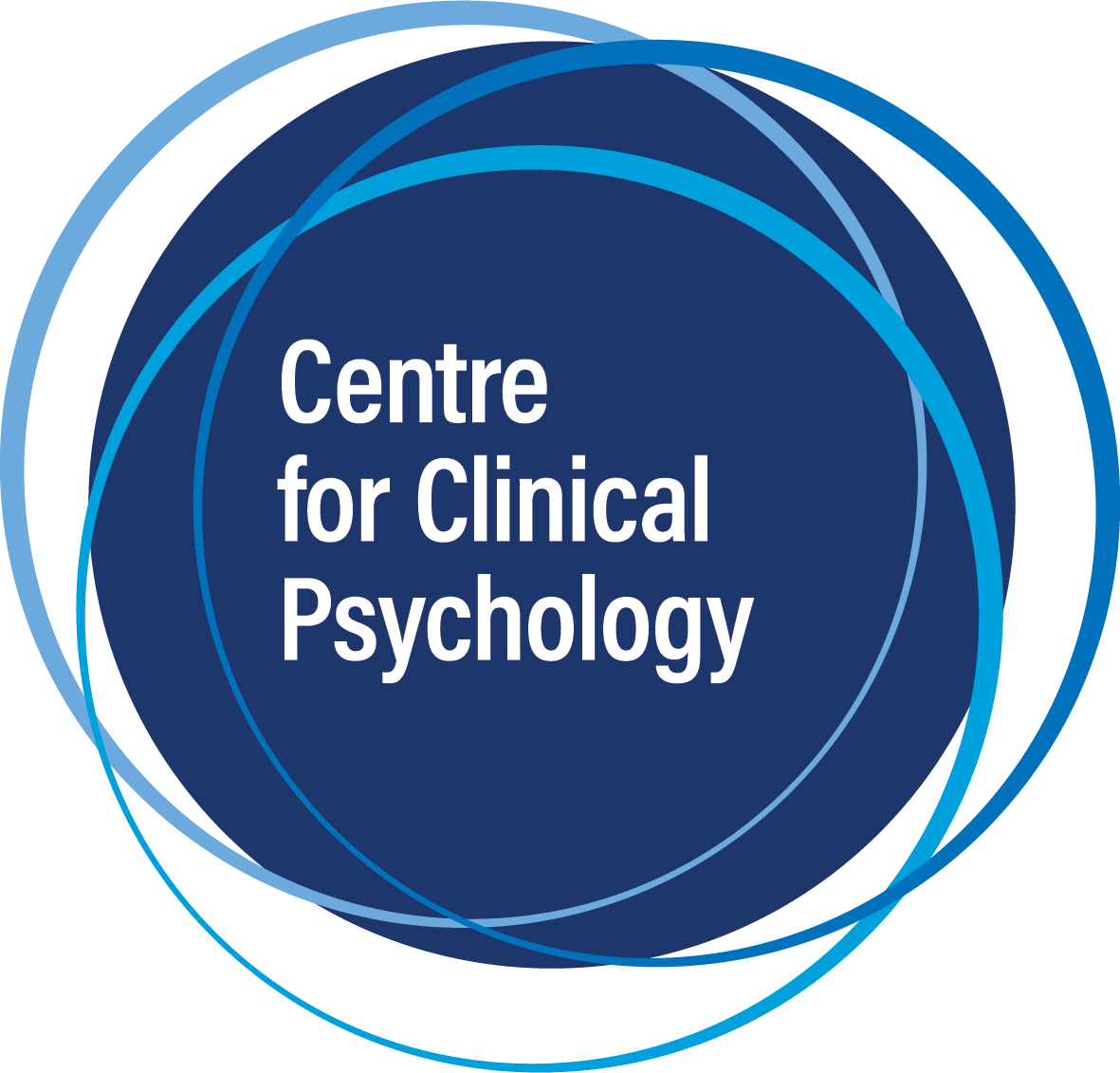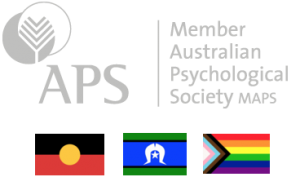Agoraphobia and post-traumatic stress disorder (PTSD) are two mental health conditions that can be difficult to distinguish from each other. While both can cause distress and impact daily life, they stem from different underlying causes. It’s important to understand the differences between agoraphobia and PTSD to receive appropriate treatment. Here, we will explore the differences between the two conditions.
Agoraphobia and PTSD
Agoraphobia is an anxiety disorder that involves a fear of situations where escape may be difficult or embarrassing, or where help may not be available if needed. People with agoraphobia may avoid leaving their home or entering public spaces, such as shopping centers or crowded places. The fear of experiencing a panic attack or being trapped in an unfamiliar environment can be overwhelming. Agoraphobia can be caused by a combination of genetic and environmental factors.
PTSD is a condition that can develop after a person experiences or witnesses a traumatic event, such as childhood abuse, violence, sexual assault, workplace accidents or war. Symptoms of PTSD can include intrusive thoughts or memories of the trauma, nightmares, avoidance of triggers, hyperarousal, and negative changes in mood or thoughts. These symptoms can last for months or years and can severely impact a person’s ability to function in daily life. PTSD is caused by exposure to a traumatic event and its aftermath. The PTSD symptom of avoidance could look similar to agoraphobia when the sufferer may avoid leaving their home or entering public spaces, such as shopping centers or crowded places.
The Difference
One key difference between agoraphobia and PTSD is the cause of the condition. Agoraphobia is caused by a combination of genetic and environmental factors, while PTSD is caused by exposure to a traumatic event. Agoraphobia can also develop without an obvious cause, whereas PTSD always stems from a traumatic experience(s).
Another difference between agoraphobia and PTSD is the triggers for the symptoms. For agoraphobia, the symptoms can be triggered by situations or stimuli that are perceived as dangerous or threatening, even if there is no actual danger present. For PTSD this can also occur, however the symptoms are often linked to specific reminders or parts of traumatic events, such as a loud noise or a particular smell. Sometimes it can be hard to identify this link, and the links can broaden to other things. For example, people who have PTSD have also been shown to avoid eye contact (which could be an “indirect reminder”).
Treatments
Treatment options for agoraphobia and PTSD can also differ. While both conditions can be treated with therapy and medication, the type of therapy and medication may vary. For agoraphobia, cognitive-behavioral therapy (CBT) and exposure therapy are commonly used. For PTSD, cognitive processing therapy (CPT) and prolonged exposure therapy (PE) are often recommended. In some cases, medication may also be prescribed to help manage symptoms.
If you are experiencing symptoms of agoraphobia or PTSD, it’s important to seek professional help. The Centre for Clinical Psychology in Melbourne offers a range of evidence-based treatments for agoraphobia and PTSD. Their team of experienced and compassionate psychologists can help you manage your symptoms and improve your quality of life. To book an appointment, you can call them at 03 9077 0122 or visit their website https://ccp.net.au/booking/.
References
American Psychiatric Association. (2013). Anxiety Disorders. In Diagnostic and statistical manual of mental disorders (5th ed.). https://doi.org/10.1176/appi.books.9780890425787.x05_Anxiety_Disorders
American Psychiatric Association. (2013). Trauma and Stressor Related Disorders. In Diagnostic and statistical manual of mental disorders (5th ed.). https://doi.org/10.1176/appi.books.9780890425787.x07_Trauma_and_Stressor_Related_Disorders
Coll, S. Y., Eustache, F., Doidy, F., Fraisse, F., Peschanski, D., Dayan, J., Gagnepain, P., & Laisney, M. (2022). Avoidance behaviour generalizes to eye processing in posttraumatic stress disorder. European Journal of Psychotraumatology, 13(1), 2044661. https://doi.org/10.1080/20008198.2022.2044661



